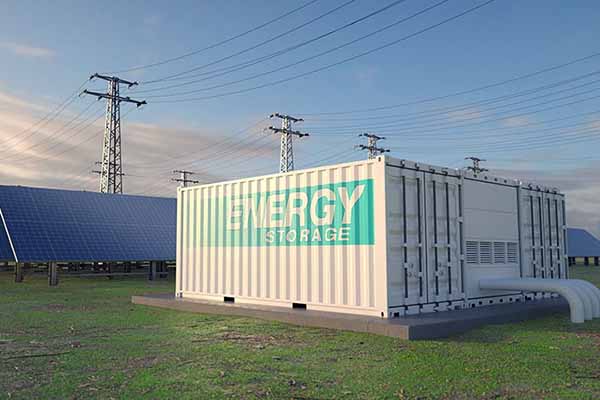The term “energy storage systems” (ESS) refers to machinery that can store many types of energy and be used as required. The benefits of a constant energy supply have been made possible by recent technological advancements in ESS, which have had a significant impact on market growth. The demand for renewable energy storage systems is growing worldwide because of the increased use of renewable energy sources. The market for ESS is predicted to grow due to the booming public and private investments made in the production of renewable energy. Global market growth is being aided by rising energy consumption, efficient energy source demand, increased demand for batteries, and a shift in emphasis toward clean energy. The key components that impact the market growth include the rapid increase in demand for efficient & uninterrupted power supply, effective grid management, and regular load management.
According to Allied Market Research, the global ESS market is projected to witness a noteworthy CAGR from 2021 to 2030.
Advantages of using renewable energy sources to generate electricity-
People are becoming too aware of how harmful greenhouse gases and CO2 emissions are to the environment globally. As opposed to fossil fuel sources or conventional coal, this has sparked a growing interest in renewable energy sources. This trend is anticipated to stimulate the ESS market in the coming years.
Energy storage applications used in combination with renewable energy sources exhibit eco-friendliness and are more cost-effective than conventional storage systems. Government-imposed stringent environmental policies have promoted the production of electrical vehicles (EVs) because they give out less pollution than vehicles powered by fuel. Vehicles that run on electricity need energy storage systems. All these factors have contributed to the growth of ESS.
Rising production opportunities in the energy storage systems market
In keeping with the surging demand for ESS the leading companies in the market are innovating new technologies for the production of renewable energy. To increase their market share, they are merging with smaller businesses and forming partnerships with them. Besides this, research and development are being done to ensure that ESS are produced effectively without harming the environment.
For instance, Siemens Energy and EnergyNest, a start-up that supplies ESS, was established in June 2020, had announced a long-term partnership to provide thermal ESS for industrial users.
The Government of India had the configuration of 1000 MW battery storage systems as a pilot project in India, in October 2021. The Ministries of New & Renewable Energy and Power have been working together to provide a roadmap for the installation of the energy storage system in the nation.
Green Highland Renewables’ controlling ownership was bought by KGaA, Voith GmbH & Co. in January 2022. This arrangement was made to expand Voith’s footprint in the areas of maintaining, managing, and building hydropower plants, allowing the company to have a considerable position in the industry.
COVID-19 Impact on energy storage systems market-
The global spread of the COVID-19 pandemic across the world had a negative impact on the global energy storage systems market. The supply chain was hampered, resulting in a halt in the production of vehicles across the globe. Frontrunners in the global energy storage industry are recovering from the losses that happened due to the decline in the installation of battery energy storage systems and disturbed ecosystems across the world.
However, after the recovery of industries, manufacturers in the global ESS market have concentrated on increasing their production capacity to increase revenue. The rising production of electric vehicles significantly drives the growth of the global energy storage systems market.
The growing concerns about energy waste and ongoing efforts to higher levels of energy conservation are predicted to positively affect the global ESS market. Also increasing demand for the modernization and advancement of electrical grids create opportunities for stakeholders and players in the industry.
About the Author
Harshada Dive is an engineer by qualification. She has previous experience working as a customer service associate. As an associate-content writer, she loves to experiment with trending topics. Harshada also enjoys gardening and listening to motivational podcasts.















